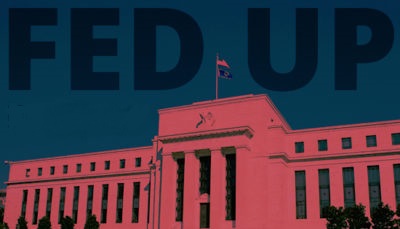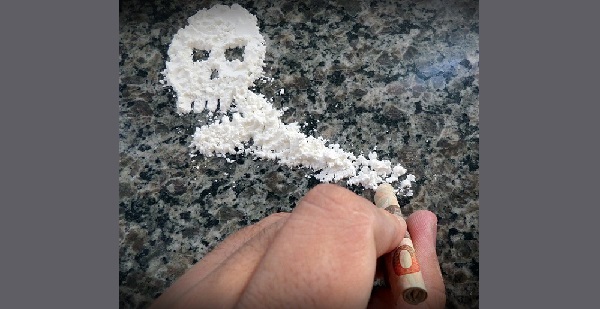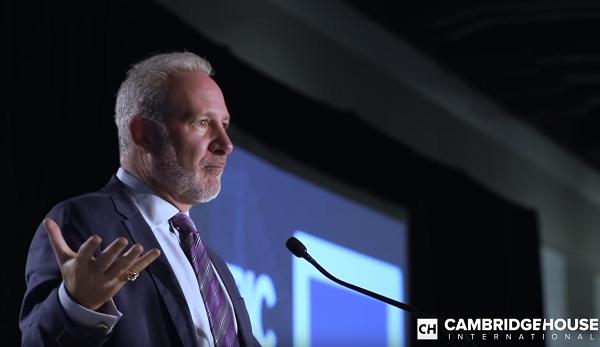In a recent interview with CNBC’s Rick Santelli, investment guru Jim Grant talked about the Fed’s sudden about-face when it comes to its balance sheet reduction program, as well as the phenomenon of negative interest rates. In short, Grant said the central banks have done us “no favors.”
The SchiffGold Friday Gold Wrap podcast combines a succinct summary of the week’s precious metals news coupled with thoughtful analysis. You can subscribe to the podcast on iTunes.
In his most recent podcast, Peter Schiff dug into the politics behind the Green New Deal and specifically asked a key question: who is going to pay for all this?
As we pointed out in an article last week, the US federal government has added $1.5 trillion to the national debt over the last 12 months. As a result, the US Treasury Department is flooding the market with bonds. Meanwhile, the biggest buyers of US debt – China, Japan and the Federal Reserve – are shrinking their Treasury holdings. For the past several months, we’ve been saying this is a big problem for the US government that most people are overlooking. And we aren’t the only ones sounding warning bells.
Last week, the chair of the Treasury Borrowing Advisory Committee (TBAC) sent a letter to Steven Mnuchin containing what the Financial Times called “a bombshell.”
Once upon a time, quantitative easing was considered an “extreme measure.” But it may become more commonplace. According to a Reuters report, central bankers in the US are discussing whether they should turn to that “tool” more often.
In other words, the Fed may make the “extreme” the norm.
The SchiffGold Friday Gold Wrap podcast combines a succinct summary of the week’s precious metals news coupled with thoughtful analysis. You can subscribe to the podcast on iTunes.
All of a sudden, former Federal Reserve chair Janet Yellen sounds a little bit like Peter Schiff.
During an interview on CNBC, Yellen conceded that the next Fed move could be an interest rate cut.
Of course, it’s possible. If global growth really weakens and that spills over to the United States where financial conditions tighten more and we do see a weakening in the US economy, it’s certainly possible that the next move is a cut.”
After Jerome Powell indicated that the Federal Reserve tightening cycle was on pause during last week’s FOMC meeting, Peter Schiff said, “The monetary drug pushers at the Federal Reserve gave the addicts on Wall Street exactly the fix that they had been craving.”
Peter often compares the markets to drug addicts. They are addicted to the easy money the central bank provides. Reuters used that same imagery to describe America’s business community in the wake of the “loose money era,” saying it left a “trail of US corporate debt junkies.
Over the past 12 months, the US federal government has added $1.5 trillion to the national debt.
As of Jan 30, the debt stood just under the $22 trillion mark at $21.97 trillion, according to the latest Treasury Department data. As WolfStreet put it, we’re seeing these rapidly increasing levels of debt during “good times when the economy is hopping. At the next recession, this is going to get cute.”
But even as the US added to its debt load, foreign holders of US Treasurys are gradually selling them off. So, who’s buying up all of this debt? And is it sustainable?
During his keynote speech at the Vancouver Resource Investment Conference, Peter Schiff said we are at the beginning of the end.
The Fed appears to have paused interest rate hikes in order to save the stock market. The markets have reacted positively and a lot of analysts seem to think we’re out of the wood. But Peter traces the moves of the Federal Reserve all the way back to the first rate hike of December 2015 and shows how the central bank has put us on a path toward a financial crisis that will be bigger than 2008. Peter insists he’s been right about what would happen all along, it’s just taken us a little longer to get here than he expected.











